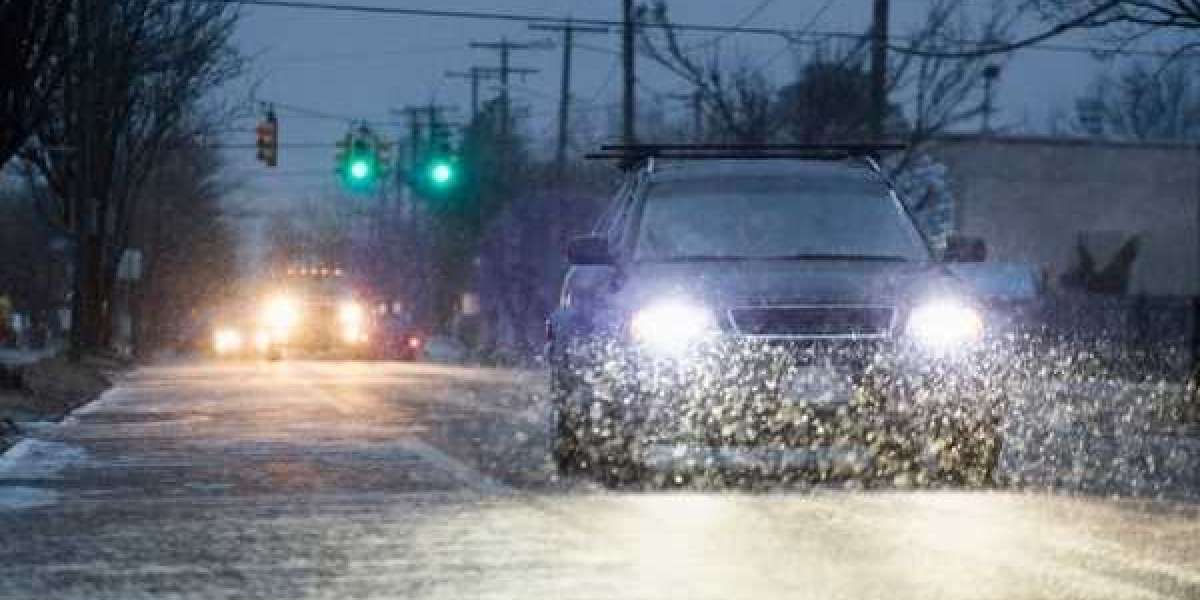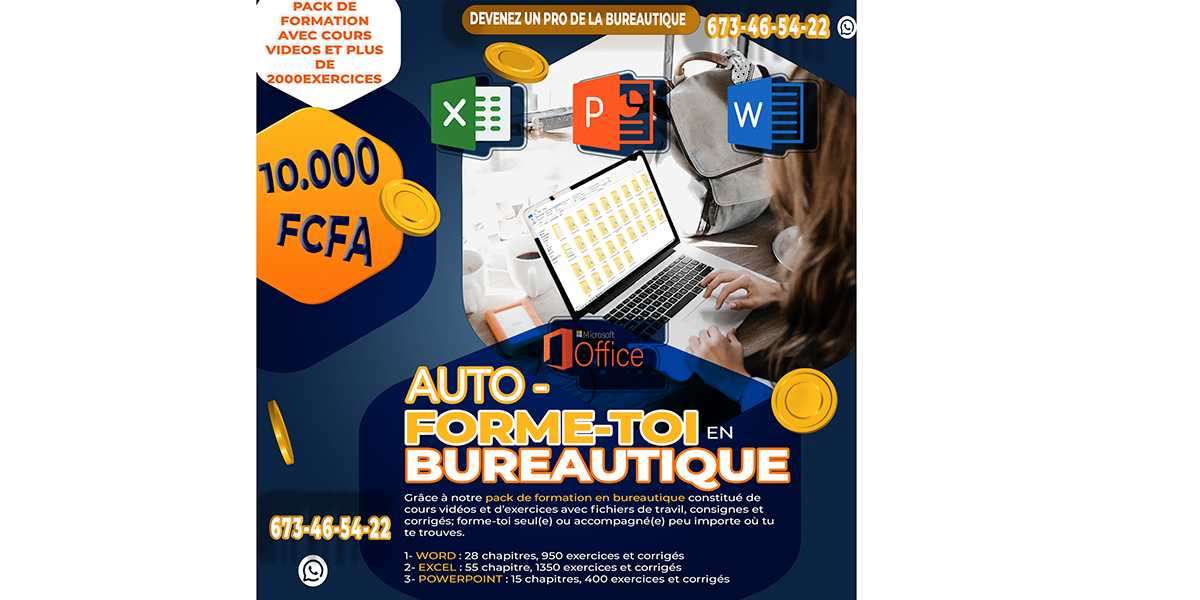That would go without saying, but slowing down—as long as you stay with the traffic flows, of course—is essential while driving in the rain. After all, heavy weather lowers vision in all directions due to the rainfall and spray from other automobiles, and you need extra time to react.
The weather continually shifts, which is not always ideal for a commercial driver. For example, you could be driving down the road with nothing other than clear skies when a thunderstorm suddenly appears. This poses a significant risk to you as a driver and perhaps your career if you are in an accident. In some regions, even though the weather substantially influences driving, the driver may be held liable for irresponsible vehicle operation if a crash occurs. Avoid dealing with such major concerns by following these rules when driving in bad weather.
1) Be Concerned About Weather Forecasts
The very first thing you should do before embarking on any trip, long or short, is inspecting the weather forecast. Don't be concerned if you don't have access to the local news on TV. There are various applications and other tools available to check the weather to ensure that you don't encounter any major issues on the road.
2) Avoid Using Bald Tires.
Keeping your tires or 20 inch alloy rims in good condition is part of essential car maintenance, but it's incredibly crucial on wet roads. The tread on your tires eventually goes down as you drive. The less tread your tires have, the less traction they have over the road. A bald tire has little to no tread remaining.
Because they can't obtain grip on the road's surface, bald tires are susceptible to sliding and spinning while you drive. Bald tires become even more perilous when water is on the road. Inspect the tread depth on your tires regularly to ensure proper tread depth for defensive driving.
3) If The Weather Is Too Rough, Remain In The Vehicle.
There are occasions when the weather is too severe. Pull over to the side of the road and stay inside your truck if there is a severe blizzard, heavy winds, or other bad weather. You may endanger yourself if you continue to drive. On the other hand, if you seek refuge, you may not find one for many kilometers, which causes additional problems. Stay inside your truck to avoid any danger.
4) Avoid Abrupt Braking.
When driving in the rain, you may encounter conditions that encourage you to slam the brakes suddenly. This happens when you're hydroplaning or in a skid. Make every effort to resist the urge. Water can significantly impact brakes, causing them to lose some of their power while wet, which could be catastrophic in an emergency. Your best option is to ease off the brakes, slow things down, and maintain control of your automobile.
5) Be Cautious Of Hydroplaning.
When your car hydroplanes, it floats above the water without contacting the ground. Given that a driver has little to no grip on the roadway. They also have less control, this can be a disastrous combination of circumstances. If you find yourself in this circumstance, remain calm, relax off the brakes, and do not turn the steering wheel; allow your automobile to slow down and the tires to reconnect to the road surface.











